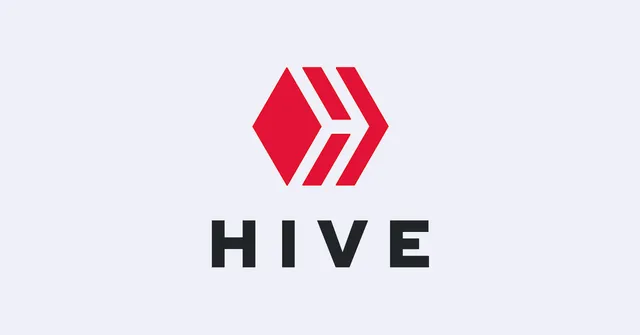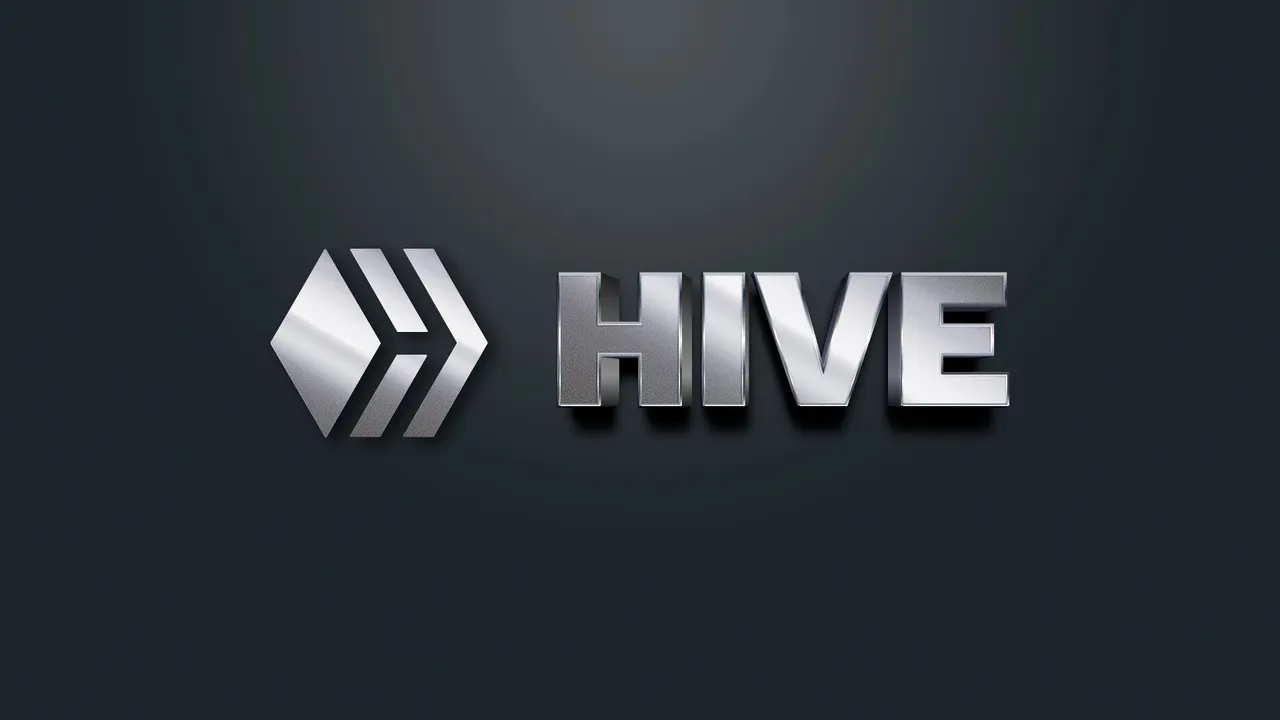The hive blockchain means different things to a lot of people.
Some people see hive as a blogging platform, some others see it as a gaming platform and others see it as both. A few of them see it as an investment vehicle.
The truth is hive is whatever you think it is. But for the sake of this post, I will like to define hive based on what was written on the white paper.

Hive is an innovative and forward-looking decentralized blockchain and ecosystem built on the Delegated Proof of Stake (DPoS) protocol [1]. It is the first highly-scalable DPoS blockchain independent of central authority that addresses the problems of mass adoption and versatility of use.
Breaking this definition down, hive is divided into three parts;
This means that any idea you think of can be built on hive as far as it is innovative and it has the potential of moving the blockchain forward.
Once the idea is accepted by the community and the witnesses agree to it, then it can build on the blockchain.
Hive was initially thought to be a blogging platform but as time passed different innovations have happened on the blockchain.
There is a vlogging platform(@3speaks). There are so many gaming platforms on the blockchain. Examples include #splinterlands #dcity, #risingstar and #cryptobrewmaster.
There is also a market on the blockchain for people to buy and sell tokens. Some do it for profits while others do it to show support.

This means that the blockchain does not have a central body that can decide on behalf of the community.
This also means that the community is responsible for the decision.
Hive is decentralized in the sense that no account holds 51% of the total tokens staked.
This in turn prevents central decision making.
Delegated proof of stake protocol is a system that depends on the amount staked.
This implies that your stake in the system is responsible for your voice in the system.
A higher stake means a louder voice.
This goes to say that you can't have a voice if you don't work on building your stake in the blockchain.
Your success is proportional to your stake.

1Your votes are worth a particular amount of dollars. The higher your stake the higher your votes.
When there is a proposal, people vote for it to be either adopted or ignored.
An account with a higher stake has more votes than an account with a lower stake.
I asked this question on Twitter as this tends to be the most asked question when people get into the blockchain.
The money on hive is minted every time from a reward pool.
Hive is a deflationary token that reduces by 0.01% for every 250000 blocks which translate to 0 5% per year.
The inflation rate will stop reducing once it hits 0.95%.
Essentially, the money from hive are freshly printed like the way money is printed by central banks
However, unlike central banks minting reduces over time and this keeps the value.
Most of the time when I tell newbies to engage on the platform they send me a message telling them they are out of resource credits.
The next thing that follows is the above question.
Hive is a feeless blockchain meaning all our transactions cost zero dollars.
However, there is something called resource credits.
Resource credits can be opened to the fee on the hive blockchain.
Resource credits are like rechargeable energy that is dependent on hive power.
A higher hivepower translates to higher resource credit.
This is why a new account is not able to make so many posts and comments compared to an account with 100 hive power.
The resource credits recharge at a rate of 20% per day
An account with 0 hive power can make only 2 textual posts.
It should be noted that the cost of resource credit depends on the operation done.
For example, publishing a post requires more resource credits than doing a wallet transaction.
Resource credits are more like the energy driving the system.
However, resource credits are dependent on the amount of hivepower staked.
There are various ways of being rewarded on the blockchain.
Yes it is worth the US dollar equivalent in hive.
The money on the post is divided into two parts. Half of the rewards goes to those who voted on your post(curation rewards)
The other half goes to you(author reward).
So the money you get from a post is usually half of it.
This marks the end of chapter 1. If there are any omissions, please do well to add to it